Amazon Average Order Value (AOV) & Its Significance In Ecommerce
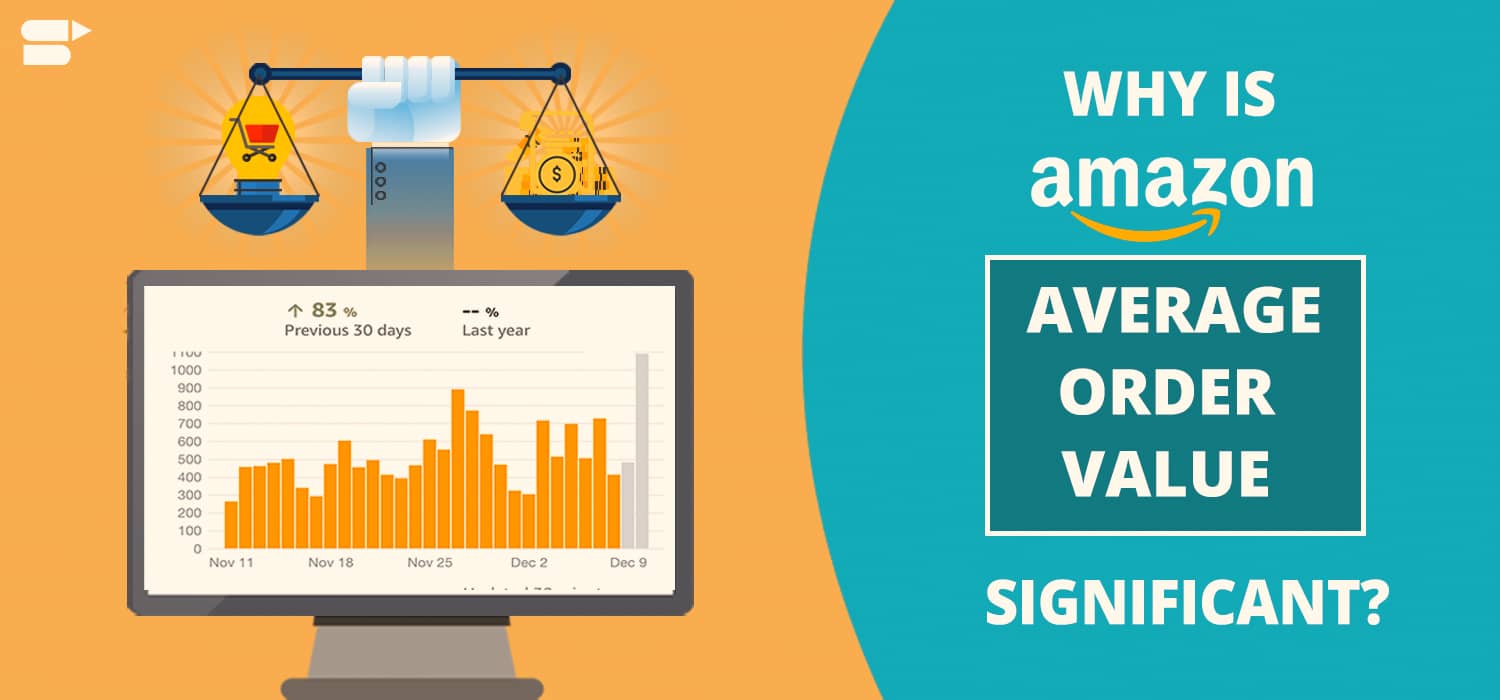
If you are an Amazon Seller, you would have come across the term – Amazon Average Order Value (AOV). Ever wondered what it is and what purpose it serve in the eCommerce world?
Believe it or not, Average Order Value (AOV) is one of the most dominant metrics for every eCommerce store that desires to grow its revenue. Apart from customer lifetime value and eCommerce conversion rate, it happens to be one of the key components of eCommerce optimization.
However, it is frequently hard to figure out where you actually stand. Considering this, here is an in-depth blog that explains to you the significance of AOV, how it is calculated, and different ways to improve it.
So, let’s get started.
Quick Links:
- What Is AOV (Average Order Value)
- What Does AOV Mean To Sellers
- How To Calculate Average Order Value (AOV)
- How Does AOV Impact Business Decisions
- How To Improve Your AOV
- What Is A Good Average Order Value
- Conclusion
But before that, here are a few noteworthy stats to look at:
- In 2018, Amazon has become the leading e-retailer with a total net revenue of 232.88 Billion USD. (Source)
- The Average Order Value (AOV) of global online shopping orders in Q4 2018 via smartphones had $78 on average for each. (>Source)
- Amazon has more than 100 million prime members.
- On average, 2 in 5 US consumers (about 41%) receive 1 to 2 packages from Amazon every week. This number has jumped to 50% for customers in the age groups 18-25, and about 57% for customers in the age groups 26-35. (>Source)
- In the last 6 months, about 83% of the customers in the U.S. would have purchased something or the other from Amazon.
- About 40% of online purchases done in >2018’s holiday season were through smartphones. (>Source)
What Is AOV (Average Order Value)?
AOV (Average Order Value) is a crucial eCommerce metric, which measures the amount of money every customer spends per transaction on your eCommerce store.
AOV is an important metric that every online store should pay keen attention to. AOV is a vital KPI (Key Performance Indicator) for every e-commerce website. It helps in measuring merchandising results for a specific time.
AOV can be discovered and monitored in most web analytics dashboards of e-commerce, making it straightforward for a business to monitor the performance associated with customer orders.
Learn more about eCommerce Analytics Software here.
It drives key decisions about your business performance and expenses on advertising, product pricing, and store layout.
What Does AOV Mean To Sellers?
In simple words, AOV is a critical factor for every data-driven business to help sellers understand if they should scale their growth and revenue or not.
Increasing AOV is one of the most essential metrics for any seller. It is the best way to balance the customer acquisition costs and further, reduce the payback time as well as boost the ROI (Return On Investment). This literally means that you can enhance your profits or put extra money on product development and advertising.
By knowing your AOV, it helps you to:
- Understand the shoppers’ behaviors
- Know how many shoppers are searching for your products
- Have an idea of how much are they spending on your products
By knowing how much your customers spend on every order, you can plan the pricing & marketing strategies in order to enhance it.
The moment you improve your AOV, you scale your revenue growth and profits upward directly. Since customer acquisition cost continues to increase and competition tends to be fiercer, you need a higher AOV to make sense in the current market.
Why Does AOV Matter For A Business?
Knowing your business’s AOV helps you to assess your:
- Pricing strategy
- Online marketing efforts
It gives you the data required to gauge the long-term value of every customer. AOV helps you to set goals, tactics and further evaluates how these tactics are working.
At times, marketers pay more attention to enhancing website traffic and bringing a more impactful as well as profitable audience in order to boost their AOV. But what they fail to realize is the fact that boosting traffic costs money whereas increasing AOV doesn’t.
Since there are transaction costs involved in every order, rising your AOV is one of the most effective ways to bring indirect revenue as well as surge your profits because customers are already purchasing from your online store.
How To Calculate Average Order Value (AOV)?
AOV is a straightforward metric and is easy to calculate. You just need two things for this, which include:
- Your total revenue (made during a specific period)
- Your total number of orders (received during a specific period)
Once you have these two numbers, divide them and there you go – you will have your AOV.
The formula to calculate AOV (Average Order Value) is:
Average Order Value (AOV) = Total Revenue ÷ Number of Orders
Let’s assume that your online store has generated a revenue of $2000 in the last month, and you have received 200 orders, then your AOV will be:
Average Order Value = 2000 ÷ 200
Average Order Value = 10
One significant aspect to note is that AOV is determined with the help of sales per order and not sales per customer.
Even though one customer might make multiple purchases at different periods, every order has to be divided as an AOV separately.
Also, note that AOV doesn’t factor into your profit margins or gross profit, but it is still a vital metric for decision-making.
AOV helps a decision-maker in giving better insights about:
- Customer buyer pattern
- Purchase trends
- Spending habits
- Advertising
- Store layouts
- Product pricing
AOV is an important KPI (Key Performance Indicator) for any business – be it online & offline.
Additionally, by monitoring AOV, an online retailer or an e-commerce business can increase the ROI on marketing.
When the AOV of a company or a business is high, it signifies that it is leveraging every customer.
As said earlier, AOV doesn’t describe profit margins or gross profit. However, it offers an understanding of how these figures happen to be.
Say, for instance, a clothing retailer sells three types of shoes online, which are priced at $20, $25, and $30 along with an average order value of $18. This represents two trends about the consumer behavior in the store:
- Customers aren’t purchasing multiple items
- The shoes priced low signify a majority of sales
Let’s assume that the highest-priced items tend to have bigger profit margins, there is a great opportunity to increase positioning as well as marketing efforts for them.
When you increase the AOV, you tend to increase your business’s ROAS (Return On Ad Spend) & ROI for all its marketing efforts.
The higher the AOV, the better you are leveraging each customer — and consequently, from each dollar that you spend for customer acquisition.
Note: AOV must be monitored closely just like you do with any other metric for your business — preferably weekly or daily. Whenever there is a peak or a dip, each business aspect must be examined closely to comprehend what might have pushed the trend. Buying seasons, new campaigns, or any alteration to the website are a few possible factors, which might affect the fluctuations of AOV.
Make sure you don’t overlook these metrics while evaluating AOV:
Just like any other eCommerce aspect, its importance is associated with its business performance. When it comes to evaluating AOV, it is vital to consider these two factors in tandem:
- Lifetime Revenue of every Visitor: Now, this is the overall value of every customer and signifies the amount (on average) they will order from you over time. Remember that, if this value is extremely low, it means that your customers are not making too many purchases, which in turn, affects your return on investments that are done on advertising or marketing.
- Cost Per Conversion: On the other hand, CPC (Cost Per Conversion) notes the amount it requires to acquire every consumer to convert. It should be deducted from the average order value in order to show the actual profits per order.
How Does AOV Impact Business Decisions?
Besides a rise in revenue, enhancing your Average Order Value has a tendency to impact your business.
From comprehending your customer behavioral patterns to boosting your conversion rates, implementing valuable pricing strategies (for both customers and yourself), and freeing more budget to advertise — AOV is truly an underpinning aspect for your overall business growth. It helps you to generate better cash flow on other parts of your business.
1. Trends & Buying Patterns
AOV shows a business the exact time to be more focused. In simple words, which campaigns and season(s) most resonate with your greatest value customers?
Say, for instance, a Valentine’s Day campaign may work exceptionally well for candle companies but can fall behind for a company that is into home goods.
You can prominently showcase free shipping thresholds, implement bundles, and have the best Ad copies designed to charm your repetitive buyers and new customers to generate more sales.
However, if these don’t work out in hitting your set revenue, do not consider them as a failure.
Rather, look at the AOV and ask yourself:
Did my AOV increase? Or did it decline?
What does it signify?
A decline in AOV can tell you a couple of things:
- You have under priced your items
- Possibly, this trend or campaign is not something that your customers are most attuned to
Perhaps, another campaign or bundle would have worked better. Or you might have to bundle the products with better and sought-after trending. This could mean that you will have to partner or collaborate with any complementary brand.
Reaching your targeted numbers isn’t a failure in this case. It is rather directional because you start to understand your target audience better. When you realize this, you can optimize your campaigns fruitfully.
2. Conversion Cost
If you have a higher conversion cost and lower AOV, you are literally losing revenue. Say, for example, if you are paying $100 to acquire one customer, but earning $100 (or even less) in AOV, then, it is a clear RED sign. Note that your AOV must be 2 times higher when compared to the cost that you spend to acquire customers.
3. Spending on Advertising
Ask yourself a quick question:
How much am I spending on ad campaigns or advertising?
And are these translating or reflecting my AOV?
Now, if you tend to spend equivalent or exceed your AOV in order to acquire customers, again, you are in the RED line.
If you are spending much less to obtain a new customer, and it is much lesser than your average order value, you will still have to double-check your profit margins.
Think of these:
- Product costs
- Shipping costs
- Advertising costs
- Warehousing costs
4. Pricing Strategy
So, how well are your items priced? You can increase or decrease the prices if it increases your AOV.
Most brands fear to raise its prices, thinking that it will bring their conversion rates down and turn off their consumers. However, it also depends on who your customers are.
The industry is widespread and brands should fall into any of these camps:
- Discount
- Luxury
Living somewhere in the mid of these two can turn out to be difficult and raise concerns with your margins.
How To Improve Your AOV?
It is now evident that AOV has a big impact on your results. Nonetheless, there is a common question we still have to answer – So, how do you increase your AOV, and how can you convince your consumers to spend more on your products, again and again?
This is exactly what we are going to tell you now. There are various tricks you can use to make this happen, which usually include:
- Bundling the products
- Cross-selling & Upselling
- Rewarding the loyal customers
- Utilizing free shipping thresholds
- Offering discount coupons
- Including pricier items with “limited edition”
Apart from these, there are a few more, which is explained in detail below.
1. Bundling the products
Keep this in mind – if you want your customers to make more purchases from you, try creating some impressive product bundles, which will cost less if they buy the same products individually.
Here is an example of PRODUCT BUNDLE:
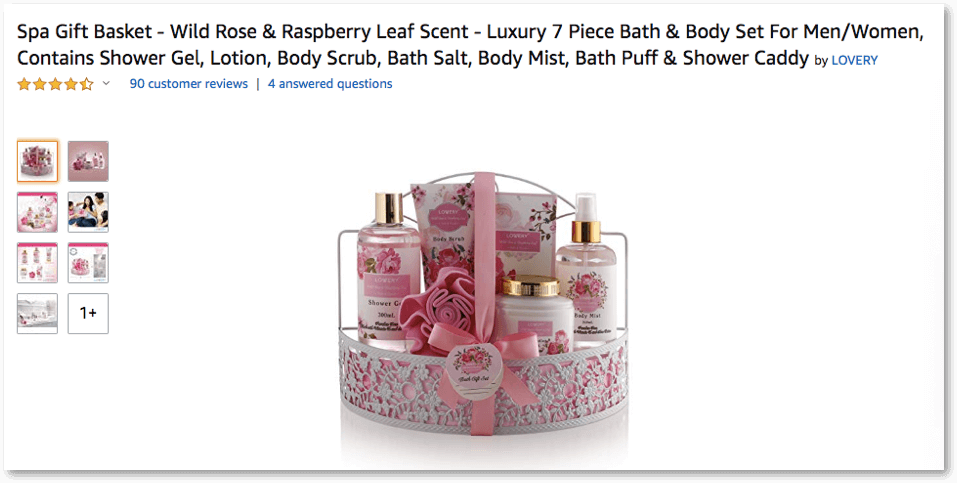
When you bundle the items, you are increasing the value of your customer’s purchase. An ideal method to product bundling is to offer a product package, which features an all-in-one solution.
For instance, BURT’S BEES is a renowned brand in the world of organic cosmetics. They have bundled their products in a way that its customers would love to have and use it on a daily basis:

When buying, the customer not only gets a complete benefit in terms of money but also serves a good value.
This kit makes it simpler for consumers to acquire everything in one go, while also excluding the need to research further.
The best thing – you have sold multiple products from your store instead of just one or two.
You can give the option to create customized product bundles to your customers. This also gives them the freedom to choose based on their taste and preferences. This helps in increasing your AOV greatly.
2. Cross-Selling & Upselling
Upselling & Cross-selling are tried as well as true behavioral marketing tactics, which greatly help in improving your AOV.
- Upselling is more like – Hey, would you want this pair of socks for only $2? Or Hey would you like to have this too (a better version of what a shopper is seeing)?
- Cross-selling is more like – Hey, would you like to have these trendy socks that go with the shoes you have just ordered?
Here is an example of upselling:
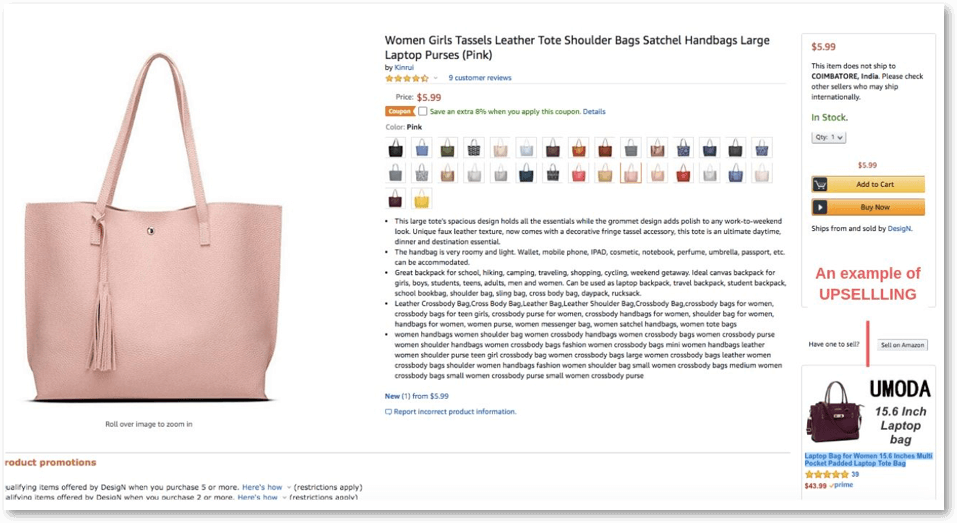
Another example of Upselling:
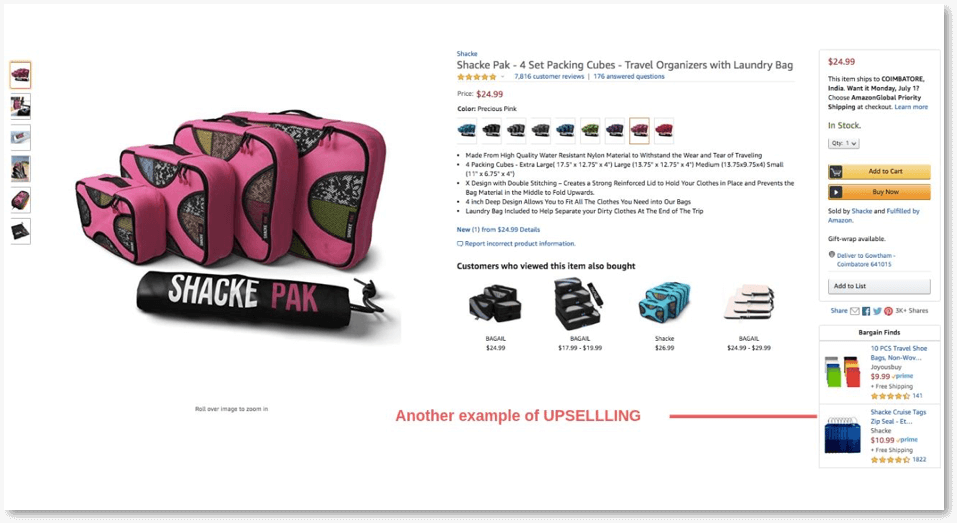
Here is an example of cross-selling:
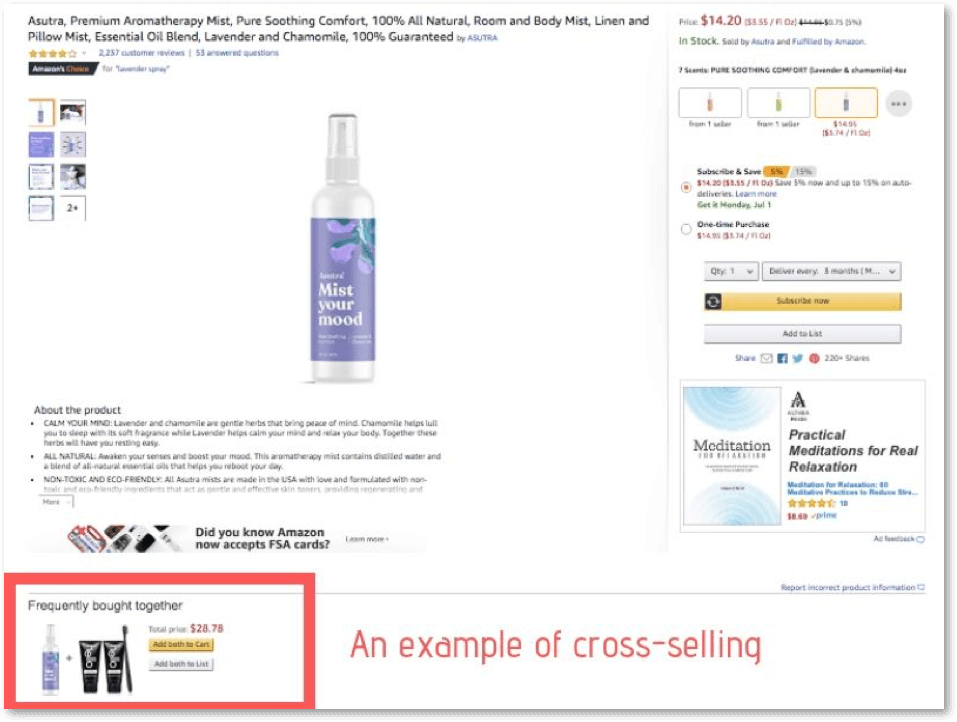
Upselling is more like trying to get a shopper to accept and buy a higher version of what he or she is viewing. It is mostly the same product but a better version and of greater quality but of course, for a bigger price. However, the assurance is additional features, greater quality, or even a warranty after buying it.
Cross-selling is more like trying to get a shopper to accept a bigger cost by adding or appending multiple products – perhaps, from the same category or a different product category.
You can suggest additional products related to what a shopper sees. The “frequently bought together” section on Amazon is a good example for this.
Say, for instance, if a shopper is looking for smartphone covers, you can recommend him or her with headphones or compatible chargers.
Both these strategies (upselling & cross-selling) are what Amazon follows religiously. No wonder they are leading in the eCommerce world.
When it comes to upselling, you can do two things:
- Give a better product version of what a potential shopper sees
- Offer a limited sale or discount than a highly priced item
3. Rewarding the loyal customers
If your online store sells consumable items—something that customers will repurchase, such as diapers, sanitary pads, shaving creams, or razors —consider setting a reward program or a loyalty program.
A customer loyalty program is one of the ideal retention strategies to help you build better customer relationships, which will ultimately encourage them to buy again. A reward or loyalty program can also increase your AOV to a great extent eventually.
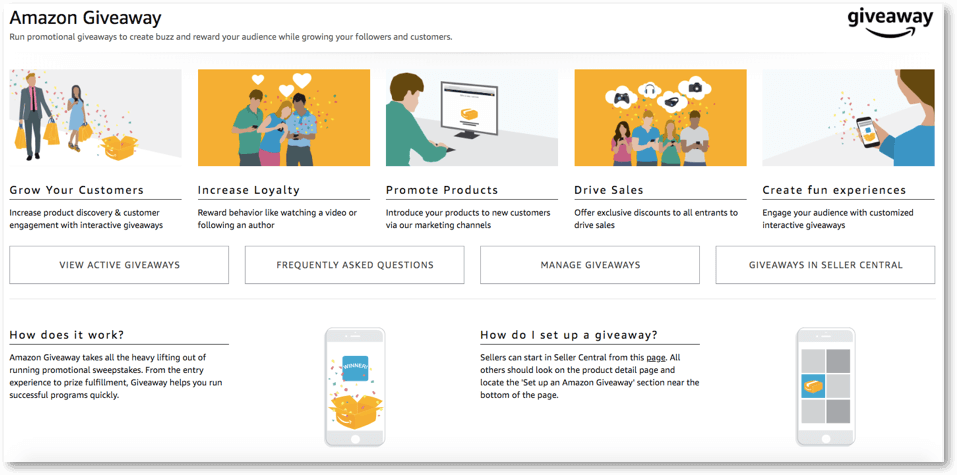
Credit: Amazon.com
Incentivizing your customers to purchase consistently from your store help in getting your AOV to incline over time. Even better, there are thousands of apps and tools that can help you do this.
So, running loyalty or reward programs are no longer a time-consuming or manual task. There are tools that are fully automated to help you to keep track of your customer points, and further, rewarding them immediately and automatically whenever they reach your set threshold.
Whenever there is an incentive involved – for your customers – under your rewards or loyalty program, they not only earn points, but you also see a good incline in your average order value.
A majority of sellers see a minimum of 13.71% growth in their AOVs via rewards program than members who purchase from non programs.
This may seem a little counter-intuitive, especially to offer something that gives discounts can cut your revenues, but according to a study performed by Stitch Labs, the reports demonstrated that their loyal customers spent 120% more when compared to new customers per year.
Also, “big discounts” are the key reasons customers join loyalty programs, says a report by Loyalty Census.
4. Utilizing free shipping thresholds
Did you know that free shipping is the #1 factor that customers look while making a buying decision?
Yes, that’s true.
While you must offer it if you afford to or perhaps, consider adding a minimum amount to qualify for free-shipping.
Doing this helps in spiking your AOV to a great extent because most buyers will gladly purchase something additional if they think they are getting a big benefit from doing so.
It might sound crazy but for someone, who wants to buy a lot of stuff, it makes a big deal. He or she will gladly buy another product from you and spend extra $30 just to qualify for your free shipping. This essentially save them some money.
When you present free shipping thresholds, customers will want them. They will feel as if they have won a great deal and would love to unlock that bonus.
You must have seen websites with well-designed floating bars at the top, which clearly displays your total amount in the cart versus how much you have to spend more to unlock their free shipping.
There are various ways to integrate suggested or related products dynamically, which in turn, will help customers look for products to add. This will help AOV to be far valuable in the long run.
It is no secret that free-shipping options are one of the ideal and most effective incentives that you can utilize on e-commerce.
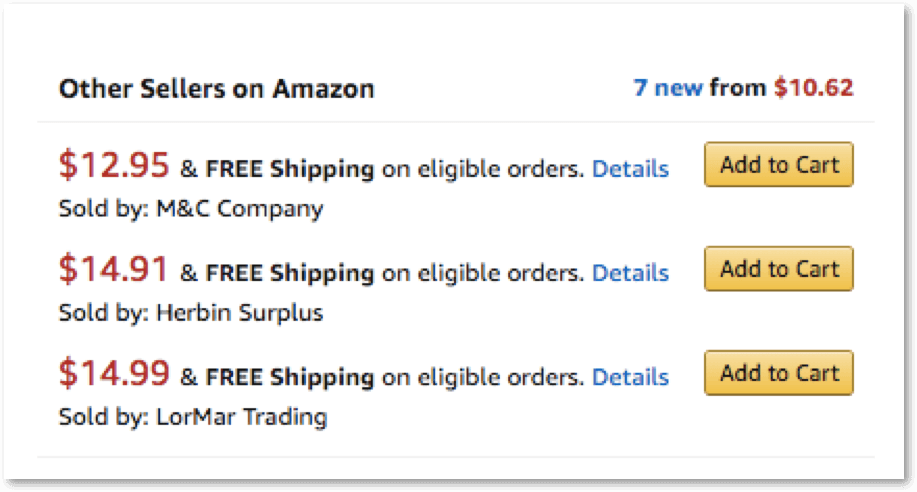
A customer tends to prefer an online store, which offers free shipping because he or she literally doesn’t want to experience unexpected costs. And ideally, this is the way to improve your AOV too.
5. Offering discount coupons
Another great way to increase your AOV is to provide customers incentives like promotions or discounts whenever they add items to cart.
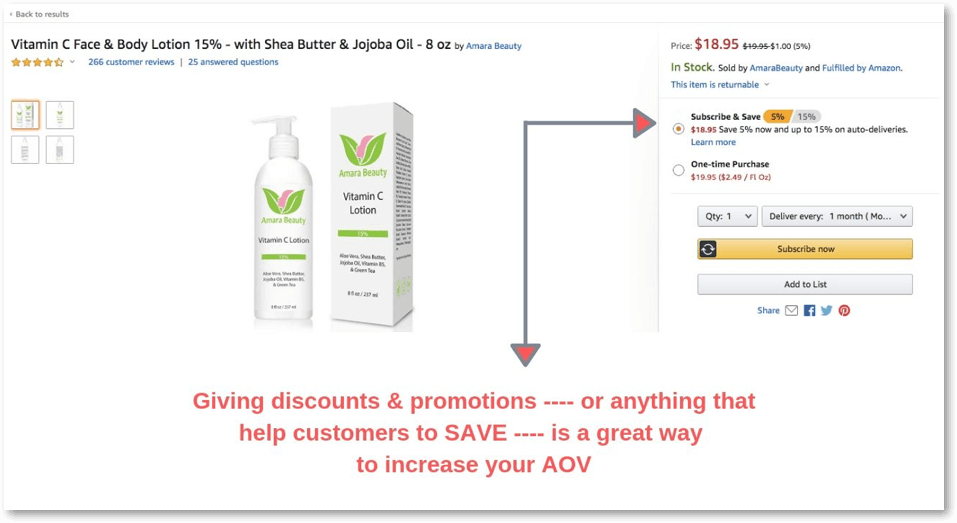
For example, “subscribe & save 15% on your delivery” or “sign-up for 15% off.” These tricks are ideal ways to get customers to purchase more form your store again.
6. Including pricier items with “limited edition”
This trick helps you to increase you AOV as well. It also signifies that your product is a luxury brand. So, this means that you are selling value rather than a product. It is a great approach to differentiate yourself as a brand.
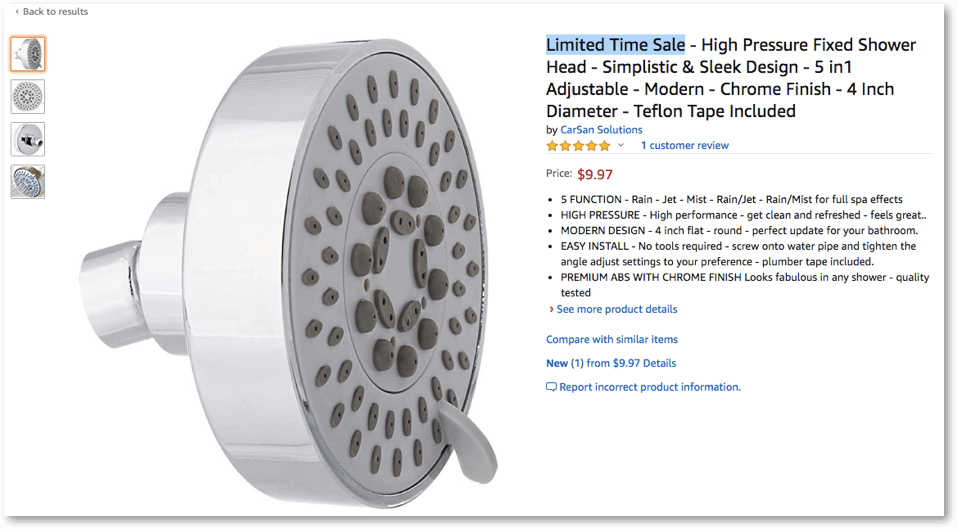
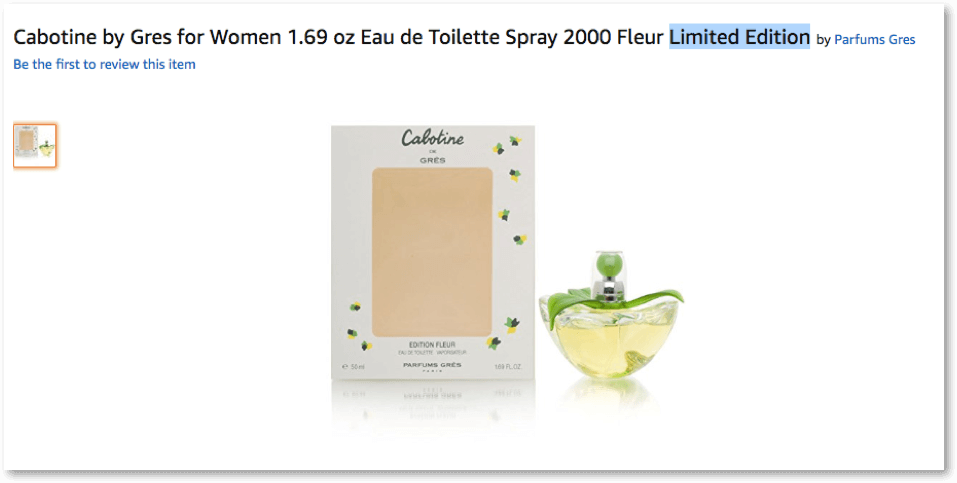
The objective is to:
- Acquire new customers
- Increase retention
- Enhance brand loyalty from your current customers
These together help in increasing your Average Order Value.
7. Give product recommendations
Intermittently, customers are also focused on purchasing one of your items that they often tend to neglect while browsing to look for more.
This leads to small carts, and consequently, smaller AOVs. In order to fix this problem, try to show them a few product recommendations on your product’s detail page or in your checkout page.
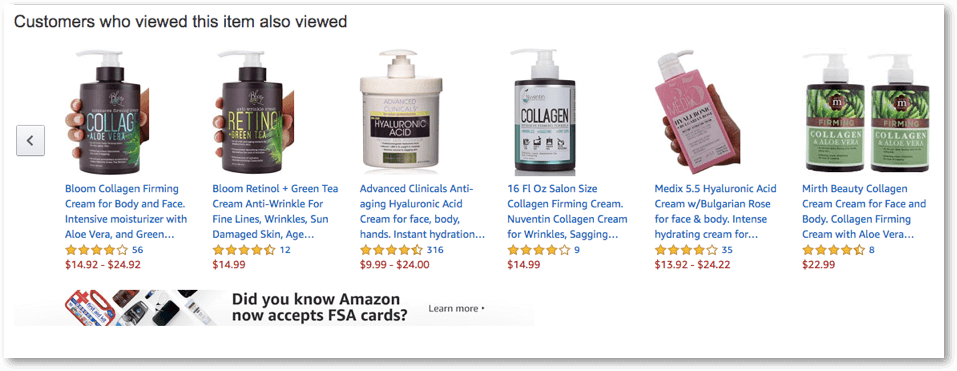
An example of how Amazon shows product recommendations
By profiling your popular or best-selling products, or items that other buyers bought besides to what is in their user’s cart currently, you tend to reduce the friction prior checkout. It increases your average order value.
However, you don’t have to restrict yourself by sharing only what other customers have viewed. You can also provide recommendations depending on your business priorities.
Say, for instance, you can display a few of your slow-moving stock. Product recommendations will be an effective way to gain traction for these particular items.
8. Build a strong social proof
Social proofs are one of the most effective ways for a marketer to create credibility and develop a sense of FOMO (Fear Of Missing Out) in customers.
Opinions, suggestions, actions of other customers like user-generated content, customer ratings, and customer review, can support your initiative on AOV significantly.
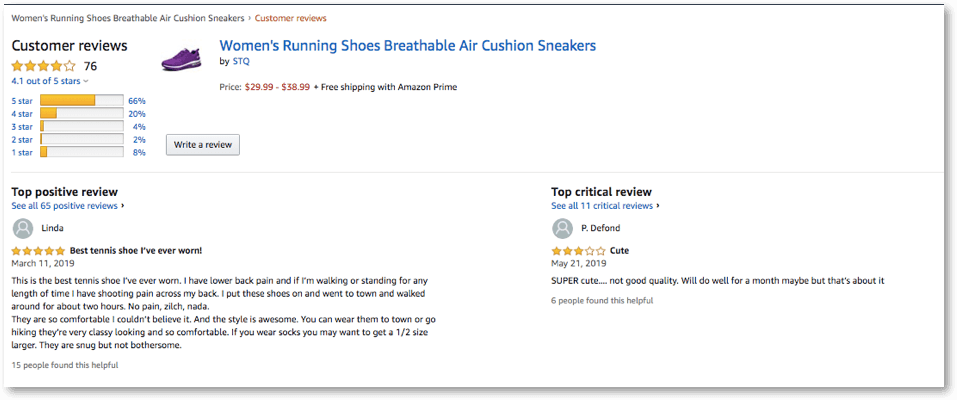
Social proofs have turned out to be more imperative than ever because you 84% of shoppers believe references from others to be highly influential.
9. Easy returns
Now, one of the major concerns shoppers have about online shopping is whether they can return their purchased items or not if something goes wrong.
If a potential buyer thinks that returning it will cost extra or is an extra work, he or she will but only a few items from you and probably, never come back to you.
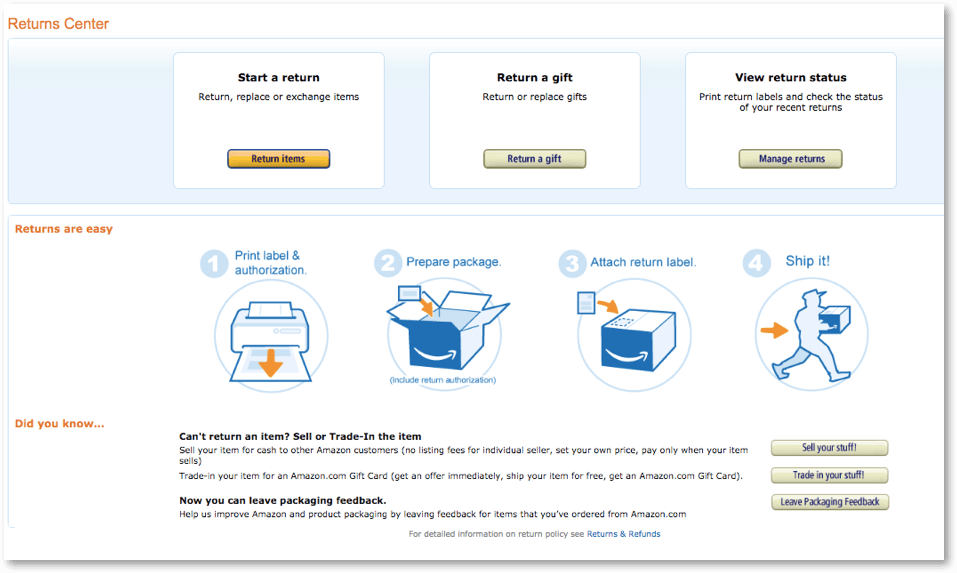
Credit: Amazon.com
However, studies show that the more products customers purchase, the more they tend to keep (this means that they do not return items. But they just want to make sure that if something goes wrong, it is easy to return. They just ensure that the process of returning is easy and straightforward).
What Is A Good Average Order Value(AOV)?
Boosting your AOV is essentially about getting your customers to
- Purchase more items from you
- Purchase products that cost more
Having said that, now, what is a good AOV for e-commerce?
Well, the answer for this isn’t exact because it varies. Also, the AOV metric that you calculate is useful only as a reference-point.
While determining your goals and KPIs (Key Point Indicators), it is worth to keep the following points in mind:
- There are substantial disparities between the industries: IRP Commerce, a company that compiles all the e-commerce data in the UK market, says that the AOV for online stores that sell “Agricultural Supplies” was 63.95 GBP in November 2018 (that’s around $80). On the other hand, the data for the category – “Pet Care” had 80.11 GBP (which is more than $100). Therefore, it is vital to account the differences between the industries. If a business has an excellent AOV, it doesn’t mean that it might be great for you too.
- Pay attention to anomalies: A few online stores tend to cite abnormally with high metrics, even including their AOVs. For example, Amazon Average Order Value boasts an impressive high conversion rate of 13%.
- Create specific AOVs based on devices: While formulating your KPIs, it is essential to set diverse goals across different devices. When it comes to the average order values across devices, the figures vary significantly. Say, for example, the AOV for purchases made via Windows desktops is less when compared to purchases made via iPhones.
- Peak seasons have their own role: There might be times when your Average order value will be greater at specific time of the year. This could be mainly during sale season or holiday season like Christmas, Halloween, etc. So, this aspect is something you should also consider.
Let’s assume that your AOV exists in a sensible spectrum based on the industry standards (which is not remarkably lower) then, it is perhaps fair to say that you do not have major issues. In such cases, a “good” AOV is something that is better when compared to your last one – be it calculated monthly or yearly basis.
Sell more to shoppers who really want to purchase
The most efficient and cost-effective way to grow your AOV is by focusing on your most loyal and existing customers.
These are people who already trust and know your brand very well. So, all you have to do is to get them spend some more. The moment you start focusing on engaging & activating the people who are already buying from you, you will have fewer obstacles to overcome. Rather than spinning that wheel on acquisition, pay attention on building a great value.
Conclusion
Customers will continue to buy and will purchase some more —if you make their shopping experience relevant and easy to them. The strategies outlined here are true and effective in how getting customers to boost the amount they usually spend in each order.
Using these tactics will certainly improve your AOV, but takes some time in finding the correct balance. Your online store’s specific formula won’t be a solution that fits everything. That’s because you have a different assortment of products and tailor to a unique set of audience than other online stores do.
When it comes to e-commerce, most sellers focus their time on attracting new visitors. Of course, this is a great factor to focus on, but you should be working towards getting every shopper to spend more whenever they check out.
By doing this, you will be increasing your Average Order Value and eventually, notice a major spike in your revenue.
So, what are you doing to increase your AOV and overall business growth? Please share with us in the comments section.
Additional Read:
eCommerce Help Desk: What Is It and Do You Need One?
Hypercharge Your E-commerce Brand With Revenue-Based Financing!
Top 10 Essential Ecommerce Pricing Strategies
8 Tips to Future-Proof Your Brand On And Off Amazon


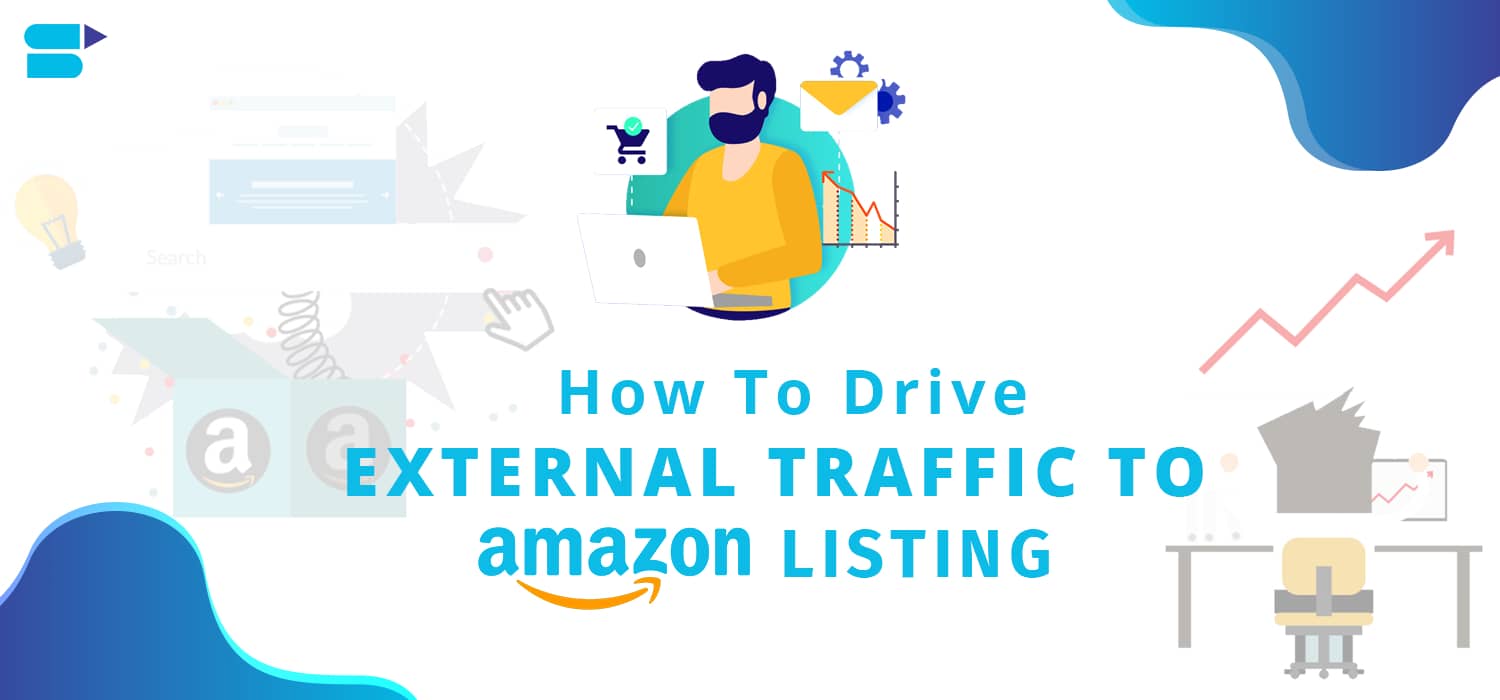
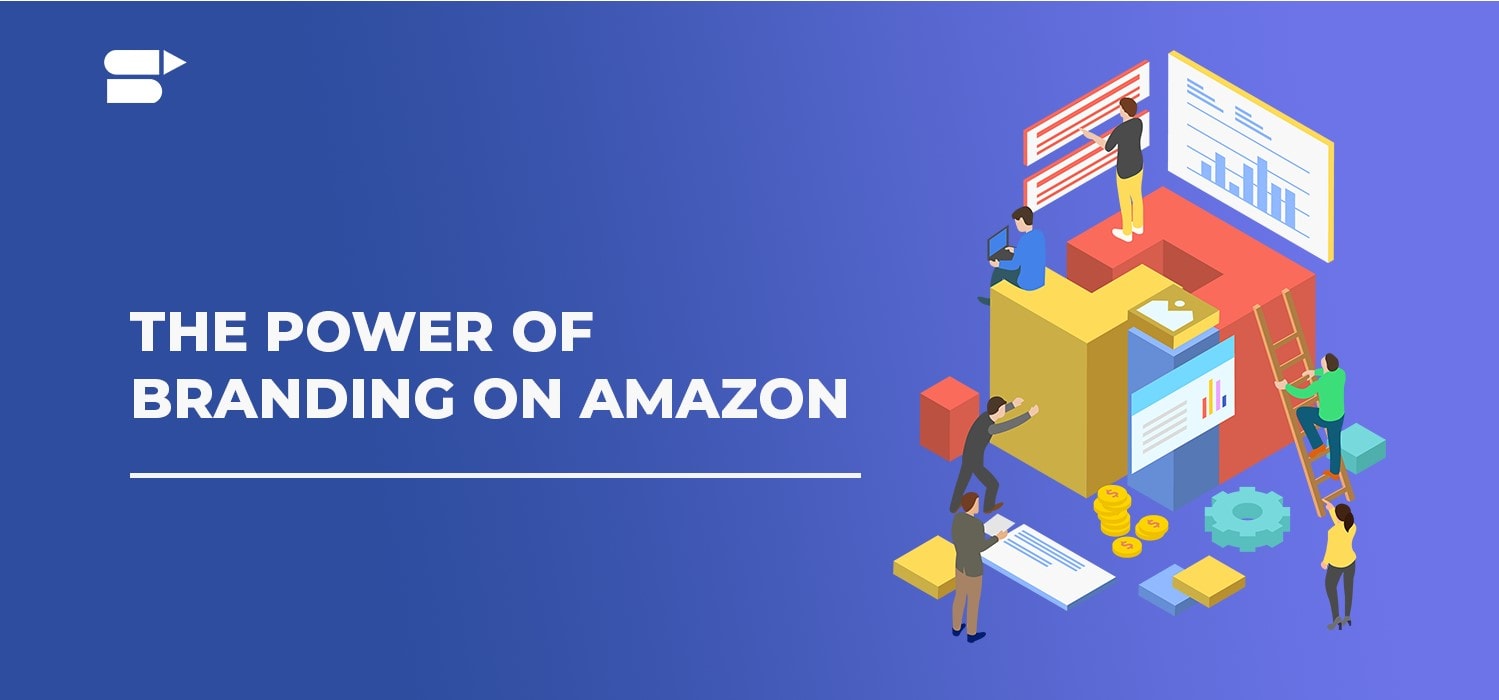
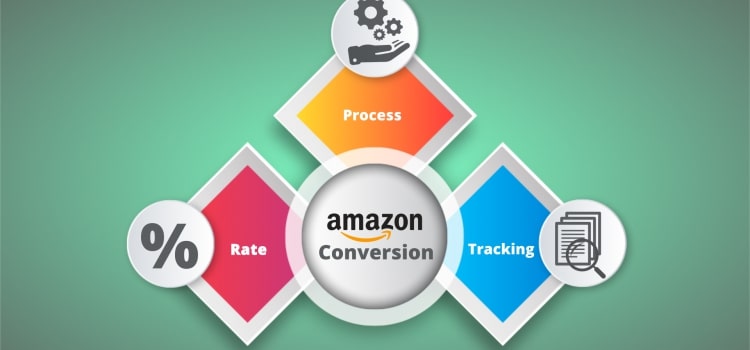
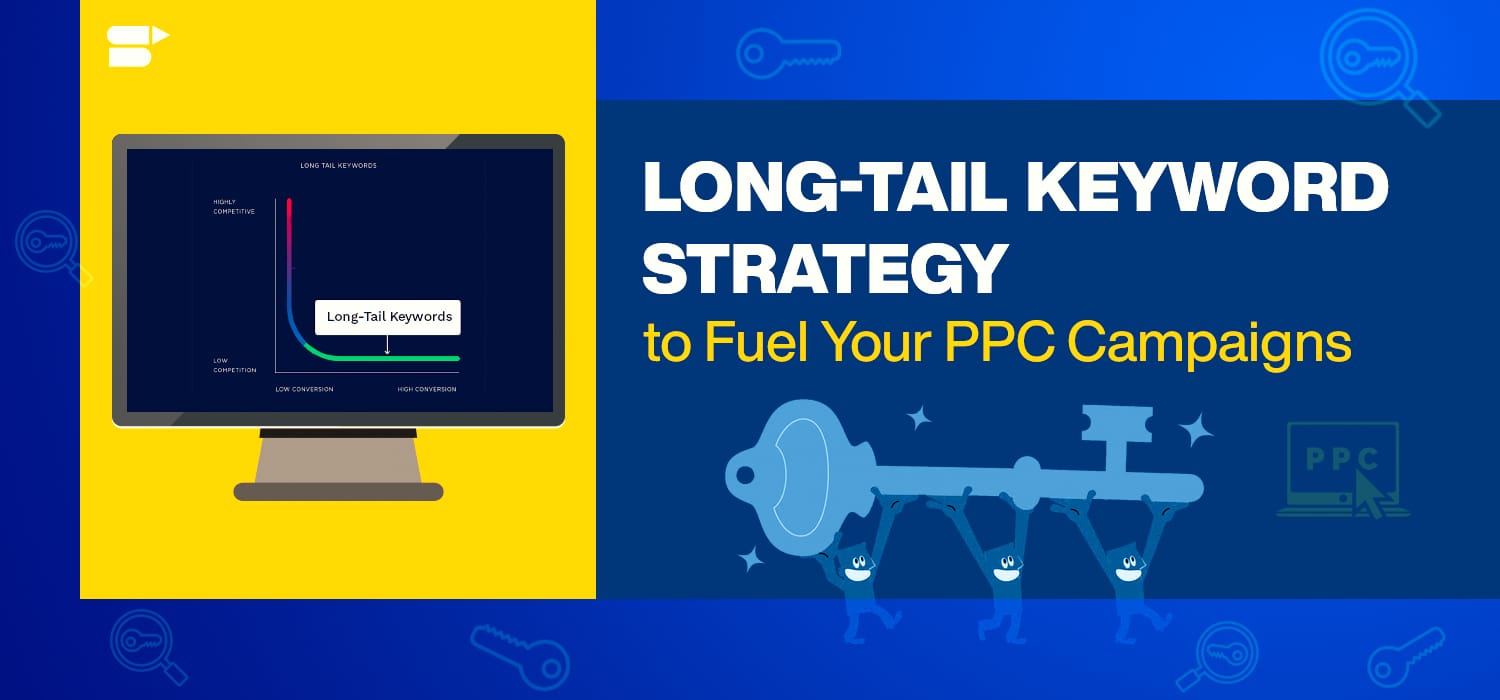

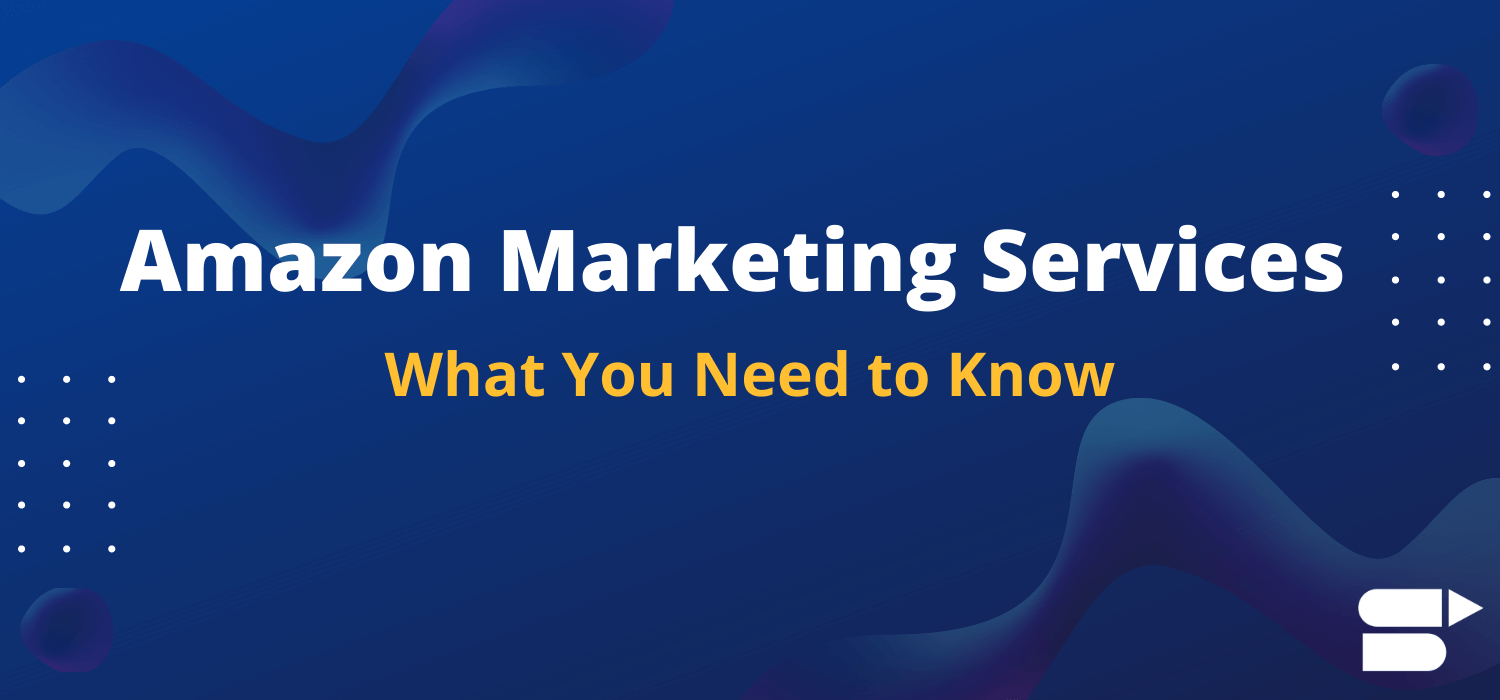

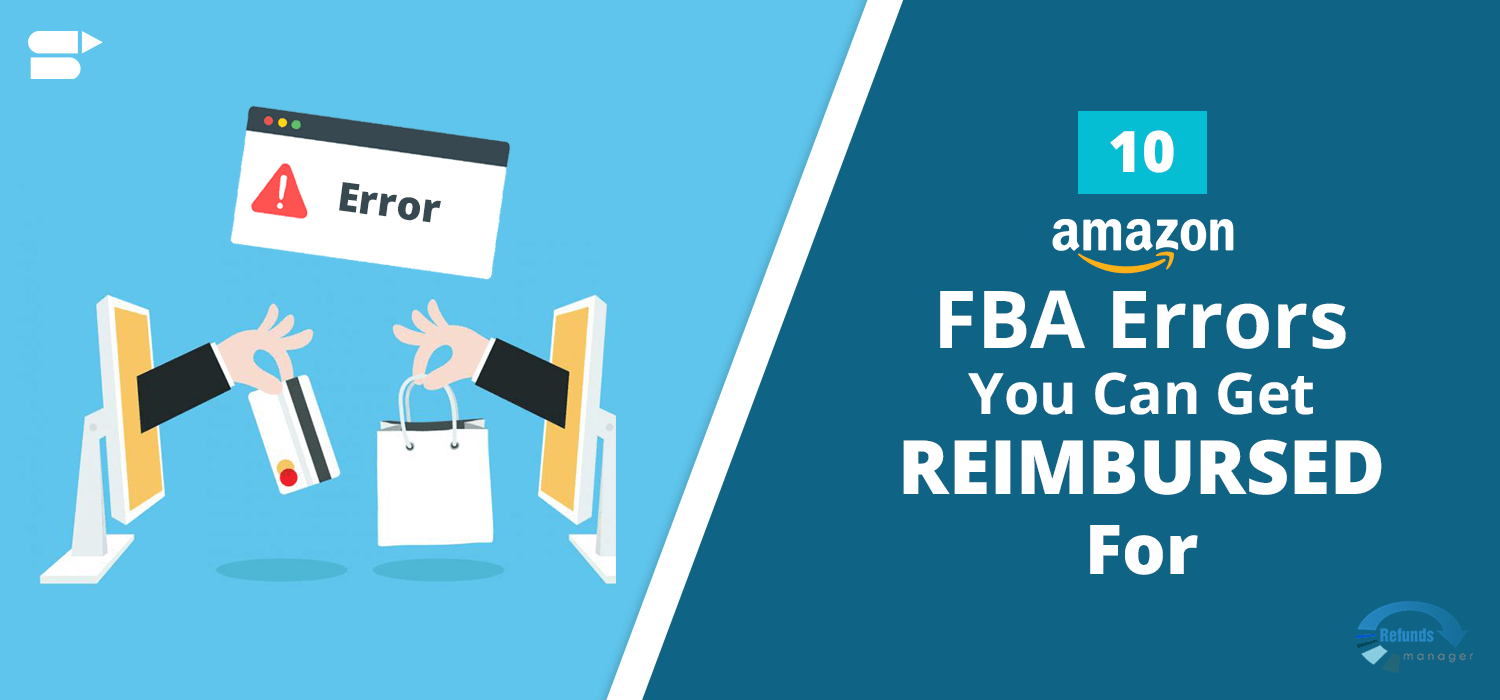
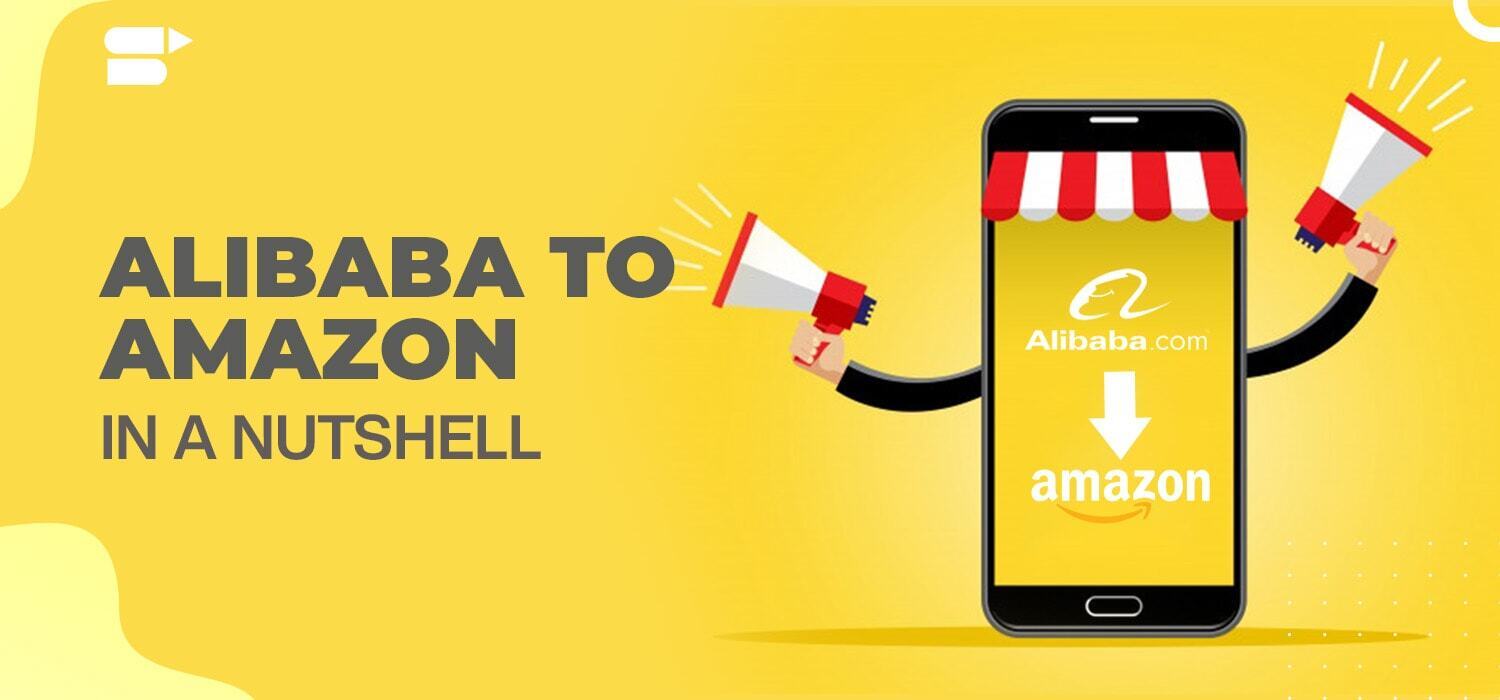
Md.Jakaria
June 26, 2019Nice Article!
Lance Evanson
February 25, 2021How does improving AOV help?
Arishekar N
August 26, 2021You scale your revenue growth and profits upward directly when AOV is improved.